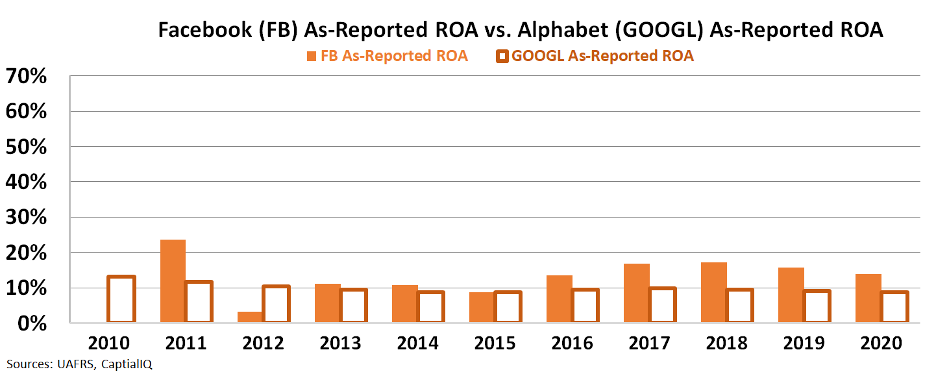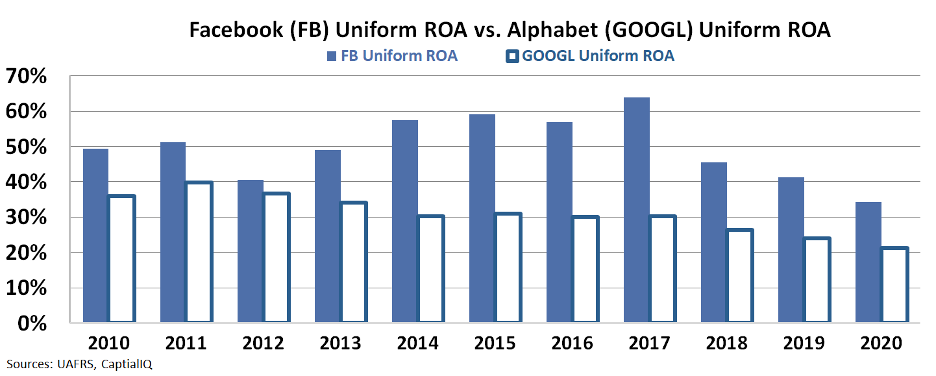Joel's note: Both the market and Altimetry are closed on Monday in observation of Labor Day. So, look for the next Altimetry Daily Authority on Tuesday, Sept. 7. We wish everyone a safe and enjoyable weekend.
 Thinking outside the box requires time away from the office cubicle…
Thinking outside the box requires time away from the office cubicle…
I'm back in Istanbul, spending a lot of time working with and training our Eurasia teams.
One of the Eurasia teams' projects is creating better messaging and discussions around our offerings. While ideas like Uniform Accounting or products like the Timetable Investor are valuable, these tools aren't exactly household names.
Creative thinking comes naturally for some people. For others, it can be a struggle. Creativity can seem counterproductive. How does one be creative in a productive capacity?
The traditional split-hemisphere idea that some people are "right brained," creative thinkers, while others are "left brained," or logic-dominated, has largely been debunked at this point by the latest neuroscience research.
A person needs to use their entire brain, with all its complex systems, left and right, top and bottom, to focus on and excel at the task at hand.
If the task happens to be one of deep creativity, we shouldn't attempt it while hunched over a keyboard. You can't force creative thinking by shoving words onto a computer screen.
In general, no organization or society flourishes under a leader or government with a tight command and control structure. You cannot be ordered to be creative. The lack of entrepreneurial success in many societies can be tied to a daily regimen of forced and limited behavior.
While we create organizations and protocols for maximizing productivity, we need to recreate environments and times for maximizing creativity.
That means creating opportunities for returning us to childlike thinking.
Pablo Picasso and John Lennon espoused how all of us were born naturally creative. Their comments on the topic are quite similar. Albert Einstein and futurist R. Buckminster Fuller, among others, recognized how "every child is born a genius."
Creativity is innate, and it surfaces when we allow ourselves to be childlike and playful. We don't need to debate right-brain versus left-brain thinking. Imagination can be let loose and enhanced by creating fun conditions.
Small bursts of creativity during the traditional workday may be achieved simply by getting away for 15 minutes and going for a walk. We see our people do this by moving themselves to any place different or new that isn't their desk or pantry.
It's hard to have truly creative ideas when sitting at the computer. Given how Facebook (FB) and Alphabet's (GOOGL) Google both provide content that is already based on your past interests and activity, browsing the Internet isn't an easy way to discover something truly new.
I often remark that you'll get more creative ideas by leaning back in your chair and staring at the ceiling than glaring at your computer screen.
For larger creative projects, a leader needs to get the whole team out of the usual space. If possible, it also means getting out of the traditional physical environment.
 Many tech companies understand the importance of stepping away from the desk when searching for creativity…
Many tech companies understand the importance of stepping away from the desk when searching for creativity…
Alphabet and Facebook excel at getting people hooked on their phones. These Big Tech companies create environments for their employees to be creative with new initiatives.
Whether it's coming up with new product ideas or tackling issues over how to fix the programming of a software tool, tech workers often face the most pressure to be creative.
This is why in many office spaces you see not only rows of cubicles but all sorts of different work environments ranging from lounges to nap areas.
By allowing employees to change their scenery to refresh their creative juices, tech companies help their workforces improve at problem-solving.
However, looking at as-reported metrics, it isn't entirely obvious that this type of environment creates more productivity for companies like Alphabet and Facebook, "poster children" for the campus-like workplace.
On an as-reported basis, Alphabet generates single-digit return on assets ("ROA"), while Facebook barely averages returns of more than 10%.
However, Uniform Accounting reveals investing in helping their workers become more creative has yielded sustainably high returns for both companies.
It's allowed Facebook to produce Uniform ROA above 30% for over a decade now, and as Alphabet pours money into technologies of the future, supporting creativity has meant it has been able to consistently generate returns above 20%, well above what as-reported figures reflect.
 These companies' business models inherently help their employees perform better at their jobs...
These companies' business models inherently help their employees perform better at their jobs...
At Altimetry, we've liked Big Tech names for a long time.
We're currently up 106% on Alphabet and 81% on Facebook since our original recommendations in our Hidden Alpha newsletter.
We think their creativity-inducing workplaces, macro tailwinds, and competitive moats give these tech companies a lot more room to run.
And we've identified more than 20 other companies in Hidden Alpha that we think are compelling ideas with great potential for double- or triple-digit gains.
For more information on Hidden Alpha – and to learn how to access the full list of recommendations – click here.
Regards,
Joel Litman
September 3, 2021



 Thinking outside the box requires time away from the office cubicle…
Thinking outside the box requires time away from the office cubicle…



